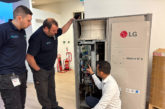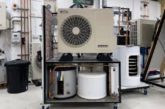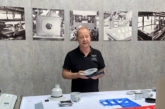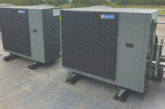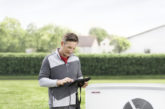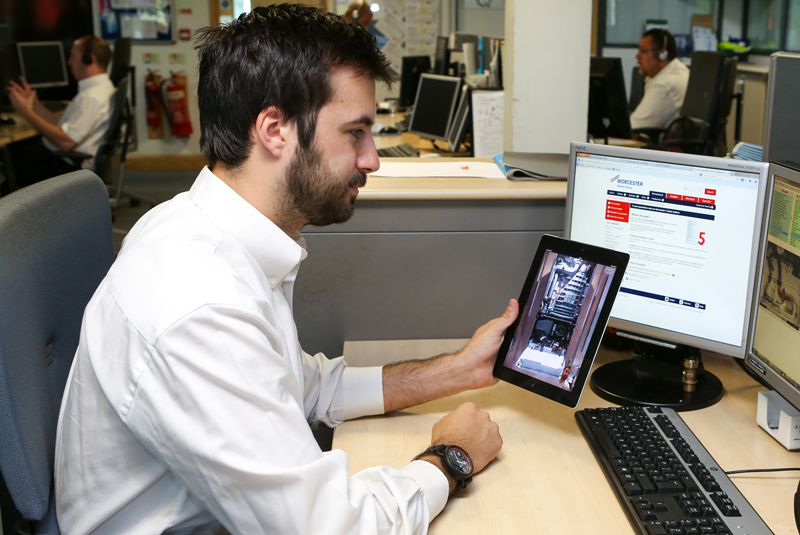
With peak heating season upon us, installers are under increasing pressure to complete important jobs both quickly and professionally. Ewan Sutherland, Engineering Services Manager at Worcester Bosch Group, talks through some of the most common questions received by the manufacturer’s Technical Support department to show there’s an answer for every problem.
I have recently fitted a gas boiler in a customer’s garage. Is there anything that I need to take into consideration during winter?
When fitting a boiler outside of the heating envelope of a property, it is always best to consider the effect the cold weather may have on the boiler and the system. When fitting in a garage, or even a loft, then considerations should be made regarding the possibility of freezing.
To combat this issue, many gas boilers such as our Greenstar range come with built-in frost protection. The boiler will run the pump when the internal temperature drops below 8°C, and will fire up at 5°C – this will raise the temperature of the boiler up to 12°C.
If additional frost protection is needed outside the boiler and heating envelope, it is recommended the pipework is insulated and a pipe thermostat is fitted. This should be attached to the heating return pipe in the area that needs to be protected and set to 5°C.
I am looking at re-routing a condensate pipe to reduce the external run. The only alternative I have is to connect into a rainwater downpipe. First of all, is this possible and are there any special installation requirements?
It is possible to terminate a condensate pipe into a rainwater downpipe that leads into the foul waste system. As with all externally-run condensate pipes, it is recommended to keep the external run to minimum and the pipe diameter to 32mm when exiting the property.
An air break must also be installed between the appliance condensate outlet and the drainpipe connection. This needs to be external to the property to avoid flooding should the downpipe become blocked. Failure to include an external air break may result in severe damage to the appliance should the rain water downpipe not be able to accept the rain water during extreme storms.
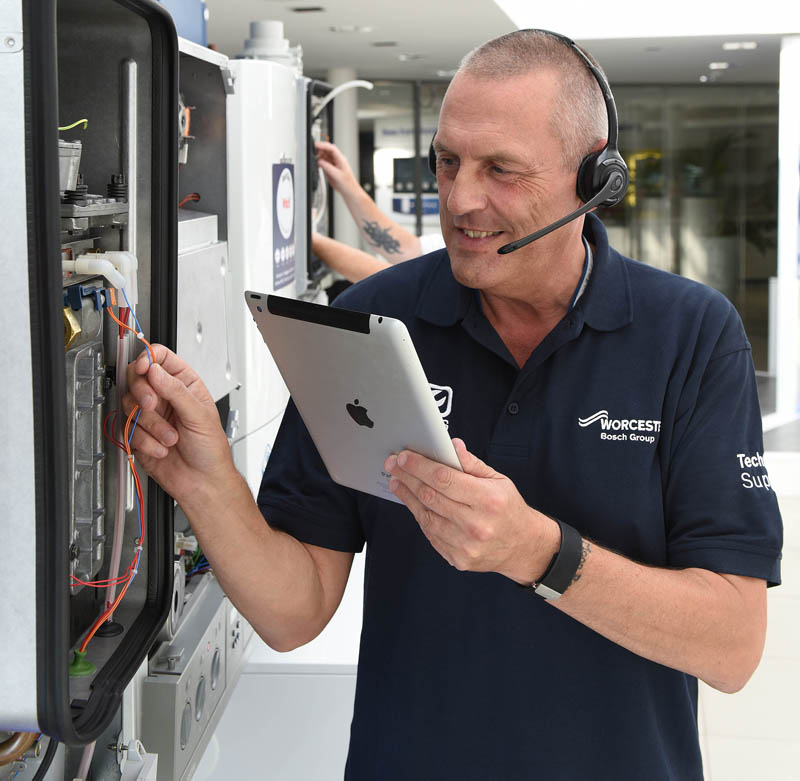
When fitting a vertical flue on a gas boiler, what is the required distance from the roof pitch to the air intake of the flue? Additionally, if I am terminating above the ridge line how high above do I need to terminate?
The flue should be terminated so that the air intake is no less than 300mm horizontally from the nearest point of the roof. It is recommended in areas of high snowfall that the dimensions are increased to 500mm.
If terminating above the ridge line of the roof then the air intake must be 300mm above the ridge tile. This is to ensure a good flow of air over the flue when terminating near to the ridge tile.
I am about to fit an unvented hot water cylinder into a domestic property but unfortunately the only place I can install the cylinder is in the loft area. The cold water mains pressure is four bar but are there any other considerations I should be aware of?
Always check the area you are installing will support the weight of the cylinder when fully filled; information can be found in the installation manual.
On a traditional open vented cylinder, there is always an open vented pipe to equalise the pressure and hence protect the cylinder when carrying out maintenance on the domestic hot water circuit. However, on an unvented hot water cylinder there is no open vent pipe so additional precautions are necessary when draining the domestic hot water system during maintenance.
When draining either the domestic hot water system or the cylinder, ensure the cold water supply is isolated and that at least two hot water draw off points are opened. One of these hot water draw off points must be the one closest to the cylinder in height terms. The drain valve installed at the cold water supply inlet to the cylinder should be used, where practicable.
If not already installed on the cylinder, a WRAS approved Expansion / Anti-vacuum valve could be fitted. An isolation valve can be fitted to the DHW outlet of the cylinder; this will allow maintenance of the system without the need to affect the cylinder.
For more information on Worcester and its heating and hot water technologies, visit: www.worcester-bosch.co.uk




